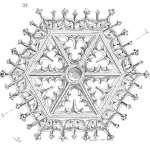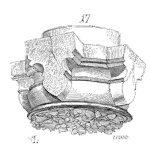
Big decisions require months or years to make, which makes communication associated with them a long game. The FINESSE fishbone diagram provides the seven essential elements for effective communication for big decisions. Playing on the theme of a fish, a fish’s top fin provides it with direction. Let’s explore the top fin of the FINESSE fishbone diagram.
[Read more…]







 Determining which parts of stock can be a very overwhelming process. As such, many choose to blindly accept the OEM or Manufacturer’s recommendations. And why shouldn’t they? The OEM has many years of experience in building these types of assets and supplying spares, right?
Determining which parts of stock can be a very overwhelming process. As such, many choose to blindly accept the OEM or Manufacturer’s recommendations. And why shouldn’t they? The OEM has many years of experience in building these types of assets and supplying spares, right?




 Ask a question or send along a comment.
Please login to view and use the contact form.
Ask a question or send along a comment.
Please login to view and use the contact form.